Fall is a magical time in the garden—the crisp air, the fiery hues of autumn foliage, and the late-season blooms create a breathtaking outdoor space. However, this beauty can quickly be cut short when early frost arrives. Even a single cold snap can damage or kill tender plants, ruin flowers, and cut short your vegetable harvest. For gardeners who want to extend their fall displays or continue enjoying fresh produce, protecting plants from early frost is essential.
The good news is that with some preparation and the right strategies, you can safeguard your garden from frost damage. This guide explores why frost occurs, which plants are most vulnerable, and effective methods to shield your garden when the temperatures drop.
Understanding Frost and Its Effects on Plants
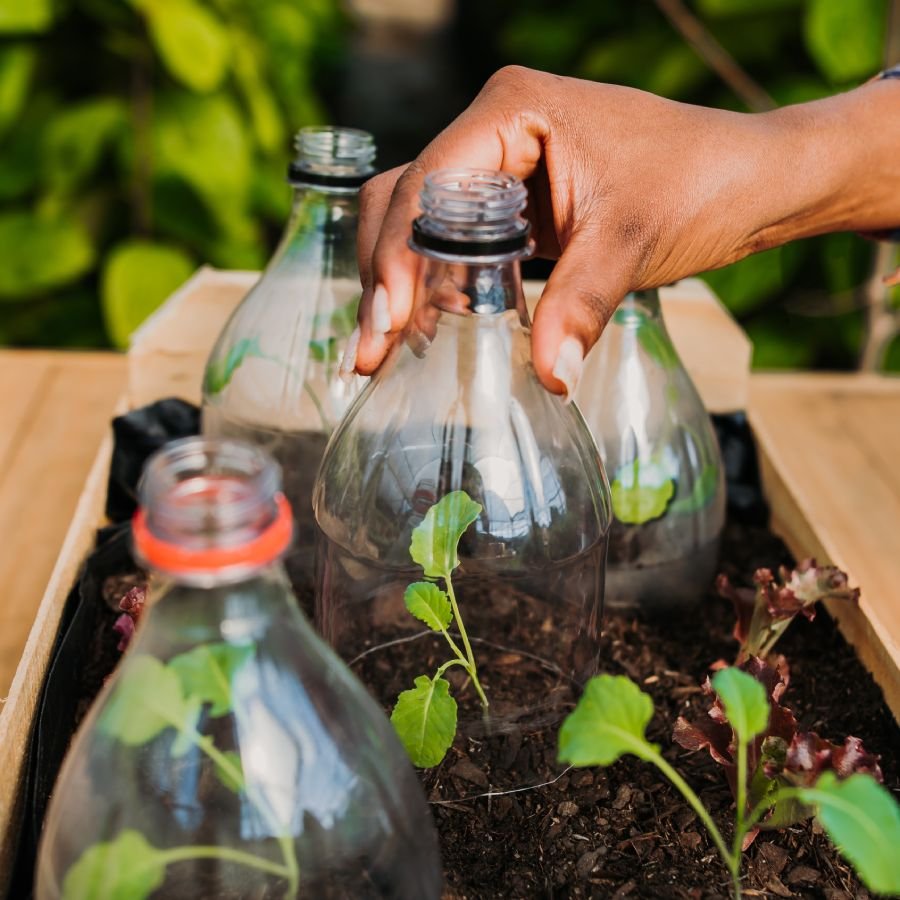
What Is Frost?
Frost occurs when temperatures drop to near or below freezing, causing water vapor in the air to form ice crystals on surfaces like soil, leaves, and stems. While frost might look delicate and beautiful, those ice crystals can rupture plant cells, leading to wilted, blackened, or dead foliage.
Types of Frost:
- Light Frost: Occurs around 32°F (0°C); damages tender annuals and vegetables.
- Hard Frost (Freeze): Below 28°F (-2°C); harms even many hardy plants and can kill root systems.
Plants Most at Risk:
- Tender annuals like marigolds, zinnias, impatiens, and petunias.
- Warm-season vegetables such as tomatoes, peppers, cucumbers, and beans.
- Herbs like basil and cilantro.
- Late-season perennials or newly planted shrubs not yet established.
Hardier plants (like kale, pansies, or chrysanthemums) can tolerate light frost, but even they may suffer if temperatures dip sharply overnight.
Signs of Frost Damage
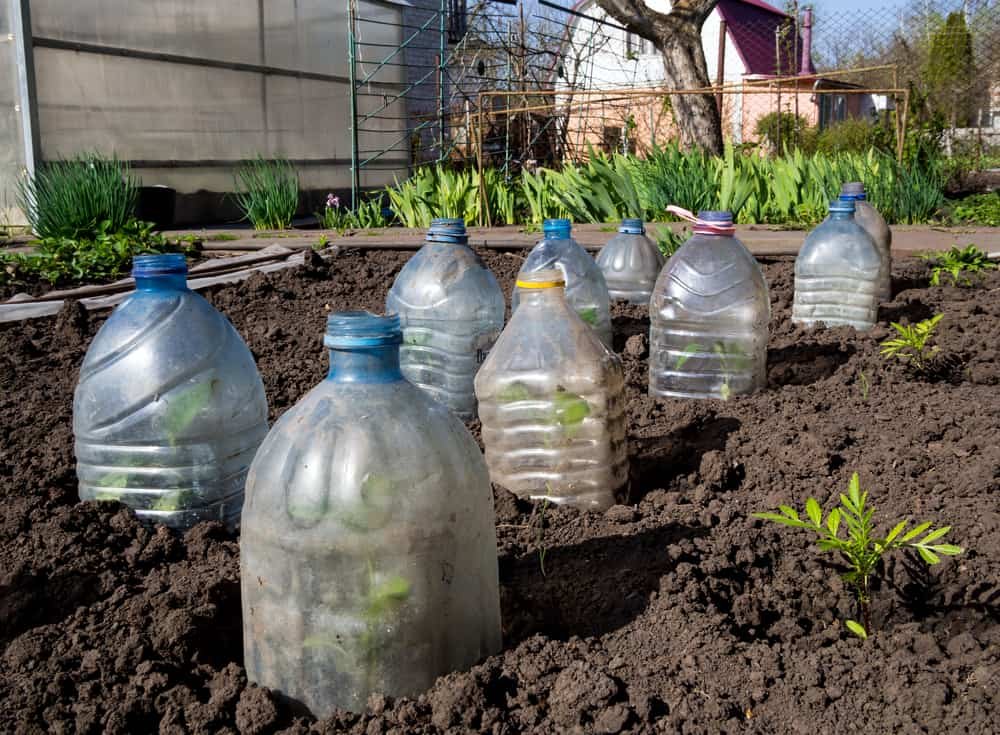
Recognizing early frost injury is important so you can act quickly:
- Darkened, water-soaked leaves that later turn brown and crispy.
- Wilted growth that doesn’t recover in sunlight.
- Flower buds and fruits turning black or mushy.
- In severe cases, plant death if the root zone freezes.
Prevention, rather than cure, is key to keeping fall gardens thriving.
7 Effective Ways to Protect Fall Plants from Early Frost
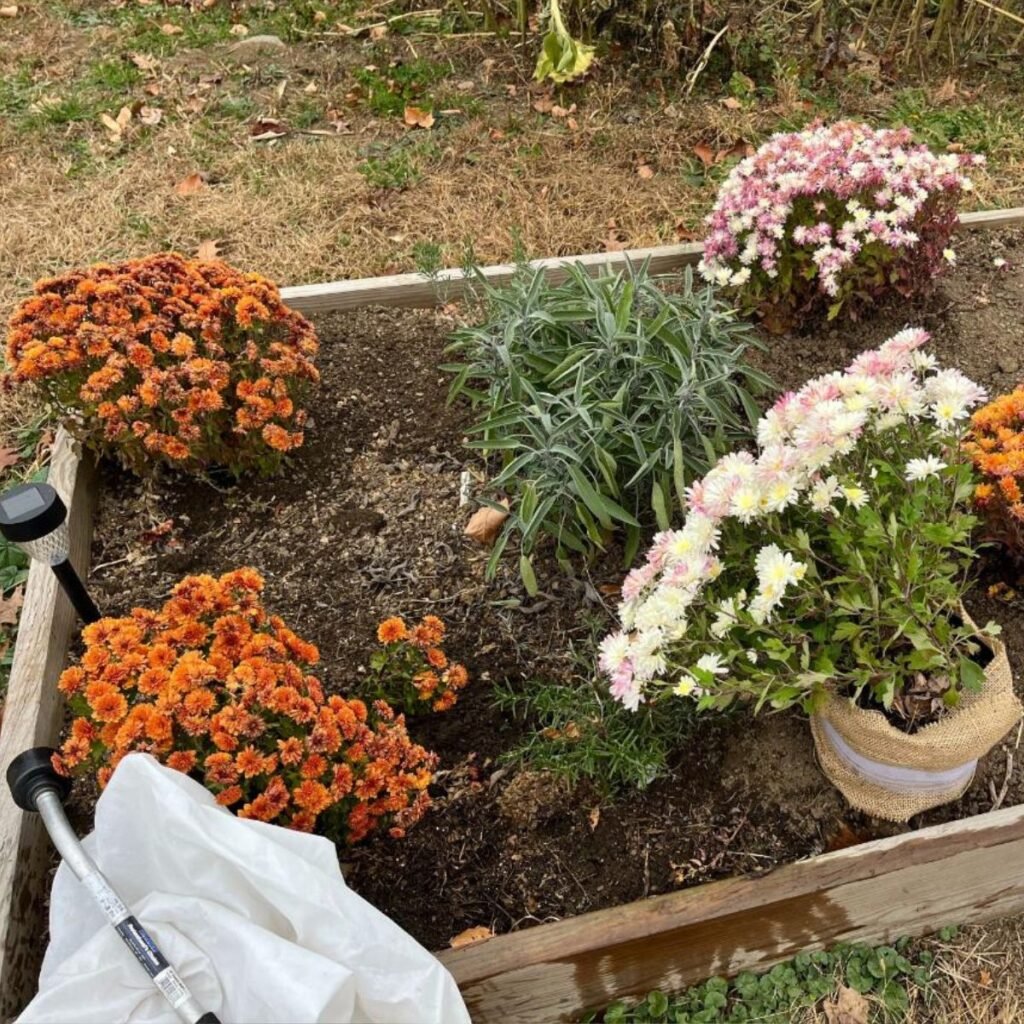
1. Cover Plants with Protective Materials
One of the easiest and most effective methods is to cover plants when frost is expected.
Materials You Can Use:
- Old bedsheets, blankets, or towels.
- Frost cloths or row covers (lightweight fabrics designed to trap heat while allowing airflow).
- Cardboard boxes or overturned buckets for small plants.
Tips:
- Cover plants in the evening before frost is predicted.
- Anchor fabric with rocks or stakes to prevent wind from blowing it away.
- Remove covers in the morning once the sun rises to prevent overheating.
This method traps warm air radiating from the soil, keeping temperatures under the cover a few degrees higher.
2. Water Your Garden Before Frost
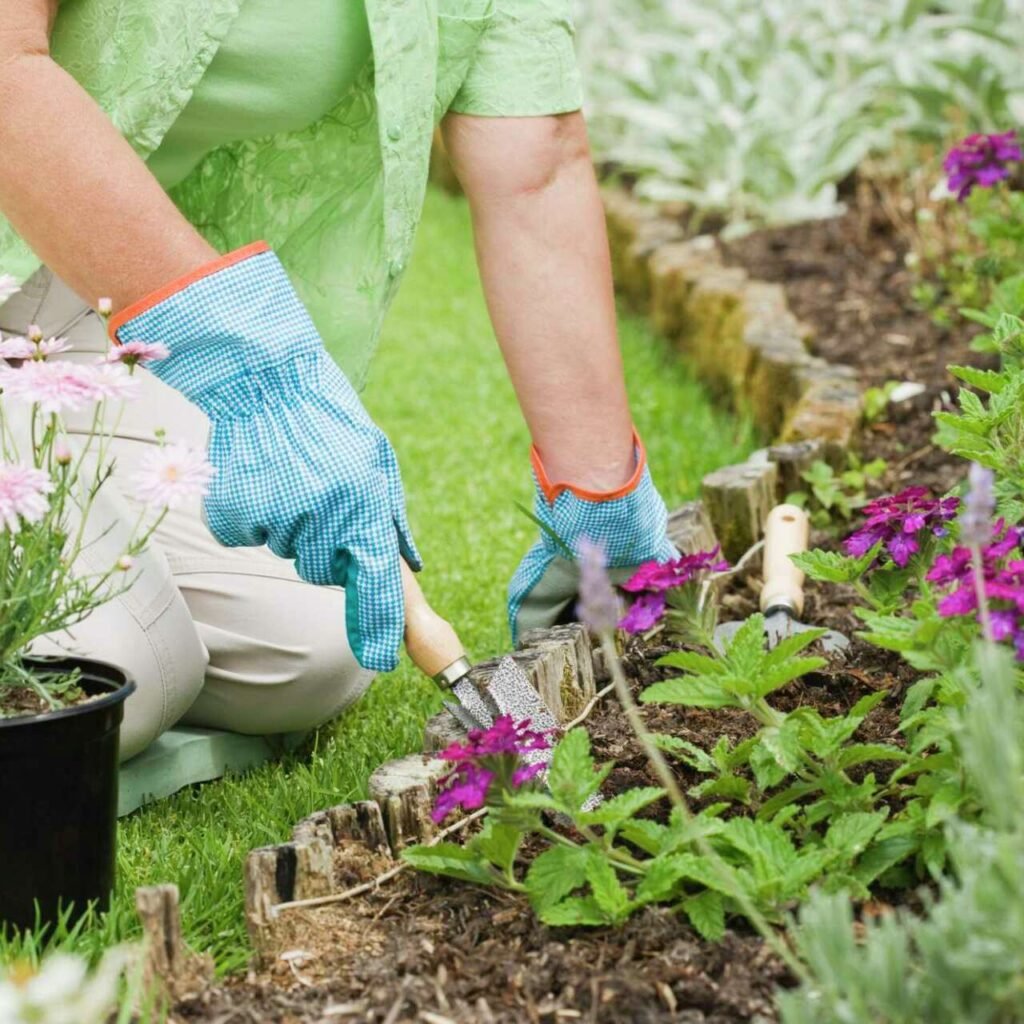
Moist soil retains heat better than dry soil. Watering your plants in the afternoon before a predicted frost helps insulate roots and raises the temperature around plants.
Pro Tip: Avoid overwatering—soggy soil can cause root rot. The goal is to provide consistent moisture, not puddles.
3. Use Mulch as Insulation
A thick layer of mulch around the base of plants helps regulate soil temperature and prevents roots from freezing.
Best Mulch Options for Fall:
- Straw or hay.
- Shredded leaves.
- Pine needles.
- Compost or bark chips.
Apply 2–4 inches around perennials, shrubs, and late-season vegetables. Mulch also reduces temperature fluctuations, which can stress plants.
4. Relocate Container Plants
Plants in pots are more vulnerable to frost because their roots are above ground and exposed to temperature swings.
Solutions:
- Move pots closer to your home, garage, or shed where radiated heat offers protection.
- Group pots together to create a microclimate.
- Wrap containers with bubble wrap, burlap, or blankets for insulation.
Even shifting containers a few feet can make a big difference in temperature.
5. Cold Frames and Cloches
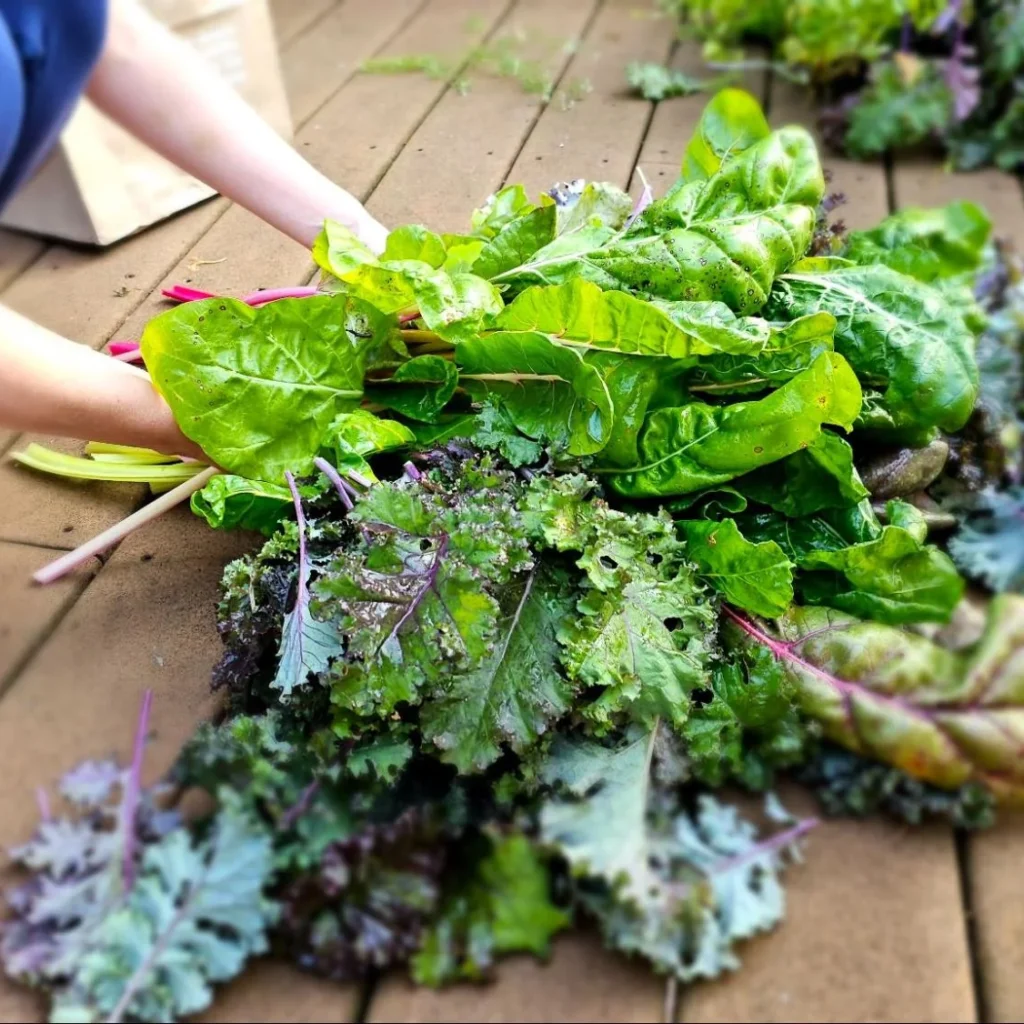
For gardeners who want a more permanent solution, cold frames and cloches are excellent tools for frost protection.
- Cold Frames: Small, transparent enclosures built close to the ground, often with hinged lids. They capture solar energy and shield plants from frost. Perfect for greens, herbs, and seedlings.
- Cloches: Dome-shaped covers (traditionally made of glass, now available in plastic) placed over individual plants. They create a mini-greenhouse effect.
Both options are reusable and extend the growing season well into winter.
6. Harvest Before Frost Strikes
Sometimes, despite best efforts, frost is inevitable. In these cases, harvesting tender crops before the cold hits is the wisest option.
Best Candidates for Pre-Frost Harvesting:
- Tomatoes (pick and let them ripen indoors).
- Peppers, cucumbers, zucchini.
- Basil and tender herbs.
For root vegetables like carrots or beets, a light frost can actually sweeten flavor, but they should still be harvested before a hard freeze.
7. Choose Frost-Tolerant Plants for Fall Gardening
Another preventive strategy is to fill your fall garden with hardy varieties that naturally withstand cooler temperatures.
Frost-Tolerant Fall Plants:
- Flowers: Pansies, violas, chrysanthemums, ornamental kale.
- Vegetables: Kale, spinach, lettuce, cabbage, broccoli, carrots.
- Herbs: Thyme, rosemary, sage, parsley.
By selecting plants adapted to autumn’s challenges, you reduce the risk of losing your garden to an unexpected frost.
Long-Term Strategies for Frost Protection
While temporary fixes work well, long-term planning ensures your garden thrives year after year.
- Monitor Weather Forecasts: Keep an eye on local frost alerts. Apps and gardening websites often issue warnings days in advance.
- Plant in Microclimates: Take advantage of sheltered spots near walls, fences, or rocks where heat lingers longer.
- Stagger Planting Times: Plant a mix of early, mid-, and late-season crops to spread your harvest window.
- Install Raised Beds: They warm up faster in the day, protecting roots during chilly nights.
- Invest in Greenhouses or Polytunnels: For serious gardeners, these structures provide reliable protection and extend the growing season significantly.
Common Mistakes to Avoid
- Leaving covers on during sunny mornings: Plants can overheat quickly.
- Using plastic directly on foliage: It transfers cold and can damage plants—always prop plastic above with stakes.
- Overwatering before frost: Water is helpful, but too much can cause rot when temperatures drop.
- Ignoring root protection: Even if foliage survives, unprotected roots can die in frozen soil.
Conclusion
Early frost doesn’t have to spell the end of your fall garden. With preparation and a mix of short-term and long-term strategies, you can keep your flowers blooming and vegetables producing well into the season. Covering plants, watering strategically, using mulch, relocating containers, and employing tools like cloches or cold frames all provide a layer of security when temperatures dip unexpectedly.
By understanding how frost works and planning ahead, you’ll not only save your fall plants but also extend the beauty and productivity of your garden. Remember, gardening is about working with nature’s rhythms—and with the right protective steps, your autumn garden can thrive even against the chill of early frost.

Leave A Comment